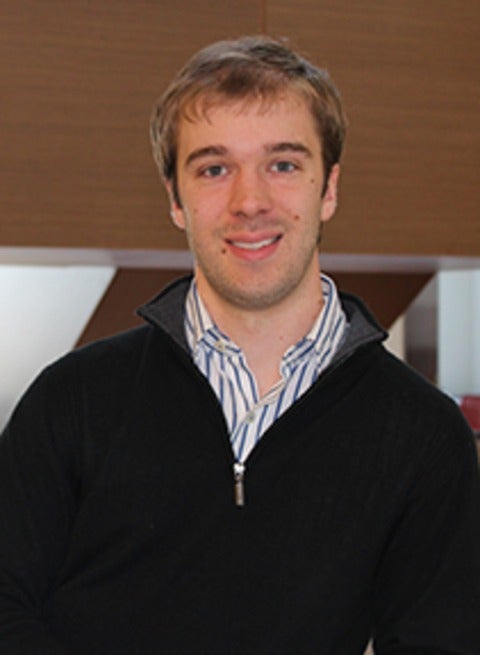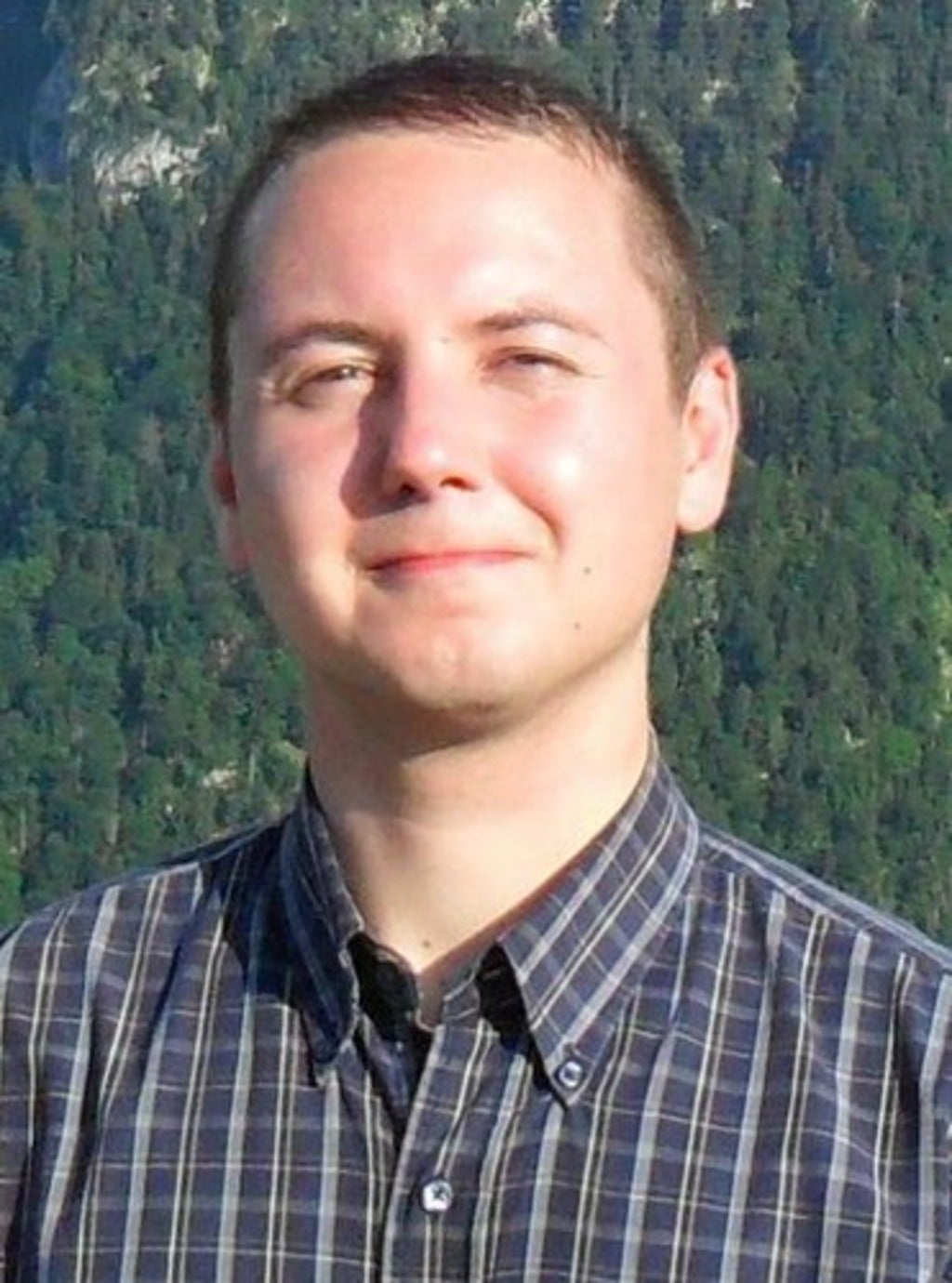Seminar: Mark McArdle
Cybersecurity is Hard. Up for a Challenge?
Mark McArdle, eSentire
Pure technology approaches to cybersecurity consistently fail to prevent hackers from breaching networks and systems. The pursuit of a pure technology solution to cybersecurity is going to require significant breakthroughs in AI and machine learning. Come join a discussion about why cybersecurity is such a hard problem and review some promising areas of research that may bring positive changes.

 Greg Holloway of the Department of Physics and Astronomy is defending his thesis:
Greg Holloway of the Department of Physics and Astronomy is defending his thesis:
 Matthew Graydon of the Department of Physics and Astronomy is defending his thesis:
Matthew Graydon of the Department of Physics and Astronomy is defending his thesis: